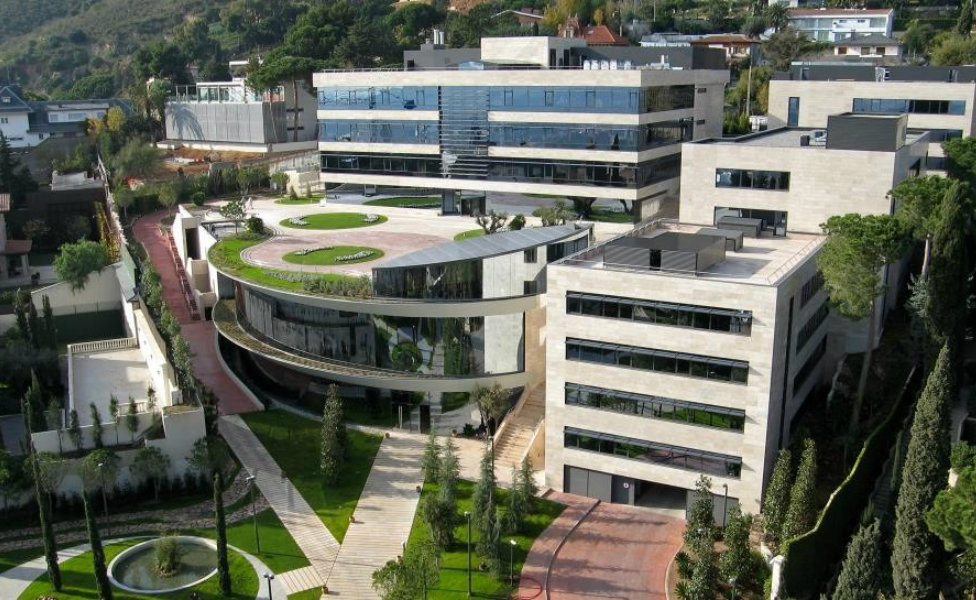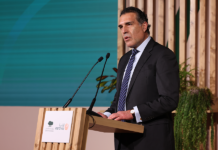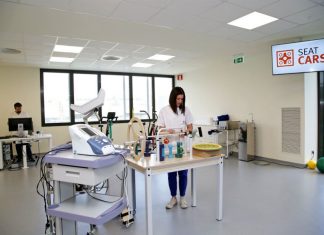 Do adults learn in the same way as children, or do they need different teaching methods and tools? What are the differences?
Do adults learn in the same way as children, or do they need different teaching methods and tools? What are the differences?
There is both a theoretical and practical answer to this question. The theoretical answer says that there are indeed differences in learning between children and adults, as many studies reflect. The main difference is based on the existence or not of previous experience.
The child does not have a basis on which to build whilst the adult does, and therefore learning at “more advanced” ages is to extend our existing frameworks and not necessarily create new ones from scratch. The term in English is scaffolding: the adult has already built a foundation and is adding scaffolds upwards when he or she learns something new.

Learning Innovation, IESE Business School
In the case of IESE, this translates into teaching based on discussion, or as David Kolb calls it, experiential learning. This model has four phases. The first phase is to live the experience itself, presenting a real case. The second is to reflect on that experience; for example, through a class discussion. In the third phase, the student develops conceptual understanding and then, in the fourth and final phase, applies what he or she has learned. The iteration of this process allows the construction of new, very solid scaffolds.
In the case of children, this may not be the case. There must be previous work to create the base. From a methodological perspective, this can be approached in a different way.
Another big difference from children is that adults do not learn in the absence of relevance. Relevance is based on being able to apply what you have learned to a reality. If an adult does not see the application of what he or she intends to learn, then motivation is lost and learning does not occur. Children, on the other hand, can learn with little or no relevance because they are simply building the foundation and have not yet acquired the context for its application.
What is the fundamental added value that you would highlight from the educational experience for students who participate in the different IESE programmes?
The learning experience at IESE is fundamentally different for two reasons. The first is the perspective we take on any subject or challenge posed by general management. It is about recognising the complexity of decisions, their extension beyond a function or dimension and the need to propose a holistic view of any issue that arises in a company.
The other is the process described in my previous answer. An experiential learning process, in which discussion with classmates of the issues raised through a case leads to reflection by the student. But logically, the learning process does not end with the discussion, and the other phases follow. We accompany the students throughout the entire process: living an experience, reflecting, conceptualizing and applying.

IESE trains executives of the present and future who will have great responsibilities. These include the early identification of problems that pose a threat to the business. What is the role reserved for company leaders in problem solving? Should they simply communicate the problem to the layers under their command and wait for results?
Problem solving is one of the most important dimensions of the role of an executive. Problems are increasingly complex and having a methodology to analyze them and allows you to make decisions is essential. When faced with a complex business problem, there is not necessarily a right or wrong answer, just a better or worse analysis. With a well-executed analysis, you will not always succeed, but the game of probabilities applies: in the long term, a well-executed analysis will work more times than one that is poorly performed.
We provide students with a methodology to analyze business problems, which is neither financial nor technical, but something broader and applicable to general management. Before making the decision, we teach them how to frame the problem, set criteria, formulate alternatives, and analyze the situation from different points of view, such as the financial.
Then they will make the decision and it will be the right one or maybe not, because something has happened in the context, something that has not been regarded as very important has become very important, but that’s life. A manager’s responsibility is to make decisions in the face of complex problems, and for me being able to correctly analyse those situations is the number one skill.
Without a doubt, besides problem solving, another of the important skills is creativity, something crucial for designing products and services of the future. In societies as well-off as ours, where we have almost all of our needs largely covered, to what extent do we run the risk of numbing our creativity? And if this is the case, how can we reactivate it?
The answer has a lot to do with attitude. Increasingly, in our societies and in our companies, we need lifelong learners, people who are willing to undertake continuous personal improvement, people who are curious to know what they do not know, people who are looking for something difficult or challenging, people who develop their network of contacts to be able to learn from others. People who ultimately have a growth-oriented mentality. It is these types of people who will help companies and remain competitive within a context of rapid and continuous changes.
A few years ago, the business objective was clear and you could direct your company towards that goal. Furthermore, that objective was quite stable—and only occasionally did it change. When changes occurred, the objective was adjusted slightly and that was enough. Nowadays, the objective is no longer so clear.
And…it keeps moving, given the constant nature of changes that take place in our context: today it is mobile, tomorrow artificial intelligence, and the day after that, holograms and virtual reality. In this context, developing something for a certain objective does not make much sense because when you arrive, it’s already too late. What does make sense is to nurture, that is, to give people the tools to follow a continuous learning process that will extend throughout their lives.
However, much of the responsibility falls on the actual individual. Honestly, I’m not clear on how the lifelong learning attitude is developed or how it is found. Maybe the generations to follow us will already have this outlook. The need to continue developing in order not to lose the ability to adapt may be more obvious to them.
And the current generations?
The current generations are not so conscientious. It is clear that if you ask your employees to take care about their continuous development and then you set some very demanding objectives, you do not give them a minute of time to think and you stop them from accessing anything outside the company’s intranet, those employees may have a fantastic attitude but you have just ruined it.
Therefore, it is probably true that most companies need to do some work at the “infrastructure level”—whether that be technology, policies or other—to help those learners that want to learn engage with and take control of their learning. However, I also believe that many employees still lack the commitment necessary to adopt the correct attitude, to assume the role of a lifelong learner.
When we learn, mistakes are inevitable. If we accept the premise that we learn more from mistakes than from successes, do you think that teachers allow their students to make enough mistakes in the course of the education they receive, or on the contrary, mistakes are penalized systematically and all tend to avoid them?
Nowadays, companies are experiencing a paradox. On the one hand, they need to meet their financial objectives and make a profit, and on the other, they need to meet learning objectives in order to achieve better solutions.
This is a paradox because you need to do the right thing to earn money, but at the same time you need to open spaces to assess the mistake, learn through mistakes to do better and to find what is new and worthwhile. The paradox cannot be resolved, but you can create a company culture that allows for the coexistence of both objectives: financial and learning.
If you only focus on today, on profits, you will be stuck. You must enable employees to look for tomorrow, and this goes in the line of replacing financial objectives with learning objectives. Not in the sense of programmes and courses. Learning in the sense of experimentation, of trying new things, and sometimes of making mistakes.
Information Technologies have a growing influence on education. Are the current proposals for digital learning taking advantage of the full potential of IT? Is there something crucial that we are missing or that should be clearly improved or formulated in another way?
Fundamentally, technology opens up opportunities to do things differently, sometimes to cover needs that were not covered, and sometimes to cover old needs in a better way. Now we are in a transitional phase, from a focus on the device itself (today it is mobile-learning, for example), to a focus on the need to be solved.
I think that thinking about how to solve needs is a better approach than obsessing about having a mobile-learning strategy. If we take this approach, it does not matter what the technology is. Today you will solve it with mobiles and tomorrow some glasses will appear and you will solve it with them. The focus on the device itself leads you to have a mountain of gadgets. The focus on the client’s need leads you to solve their real problems![]()
IESE Business School is the graduate business school of the University of Navarra. IESE offers Master of Business Administration (MBA), Executive MBA and Executive Education programs that have often ranked among the top 10 in the world. IESE has campuses in Barcelona, Madrid, and New York City and teaching facilities in Munich and Sao Paulo
Interview by Ricardo Lobao































